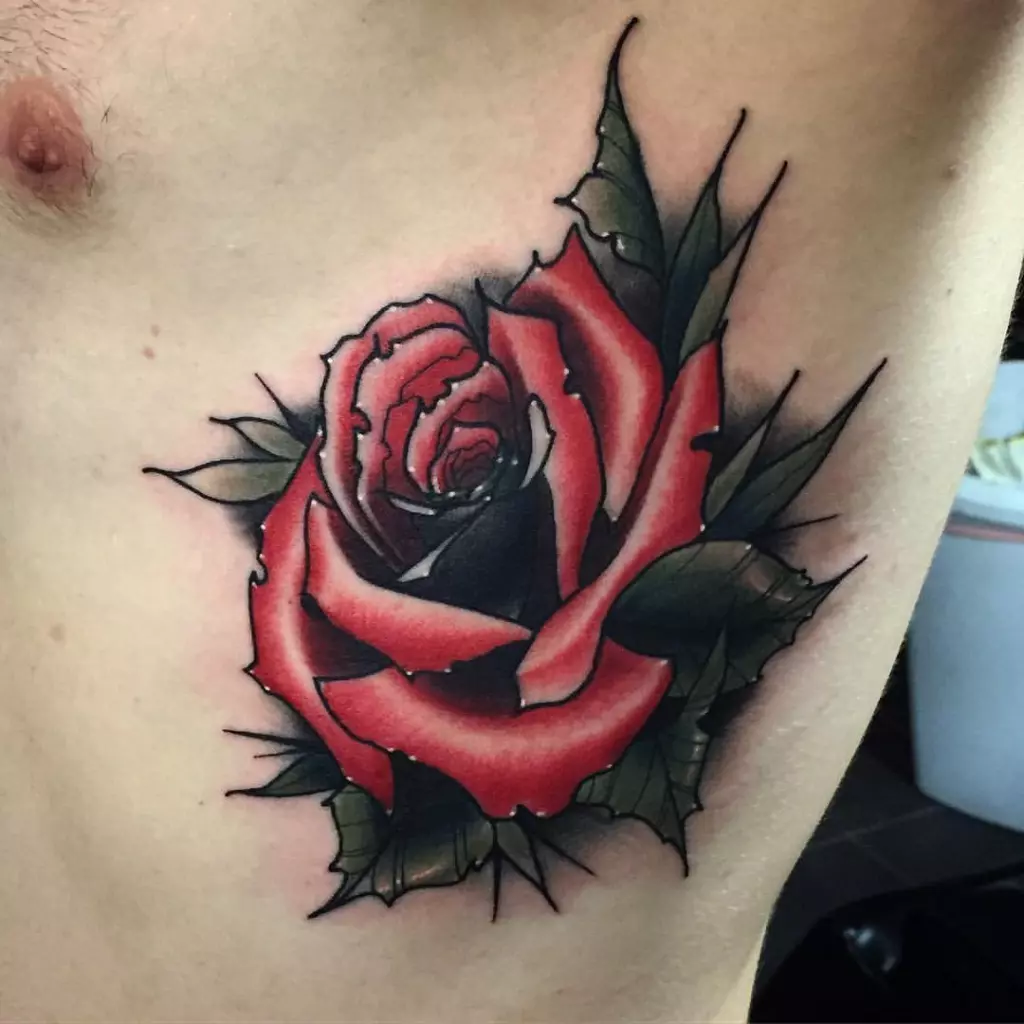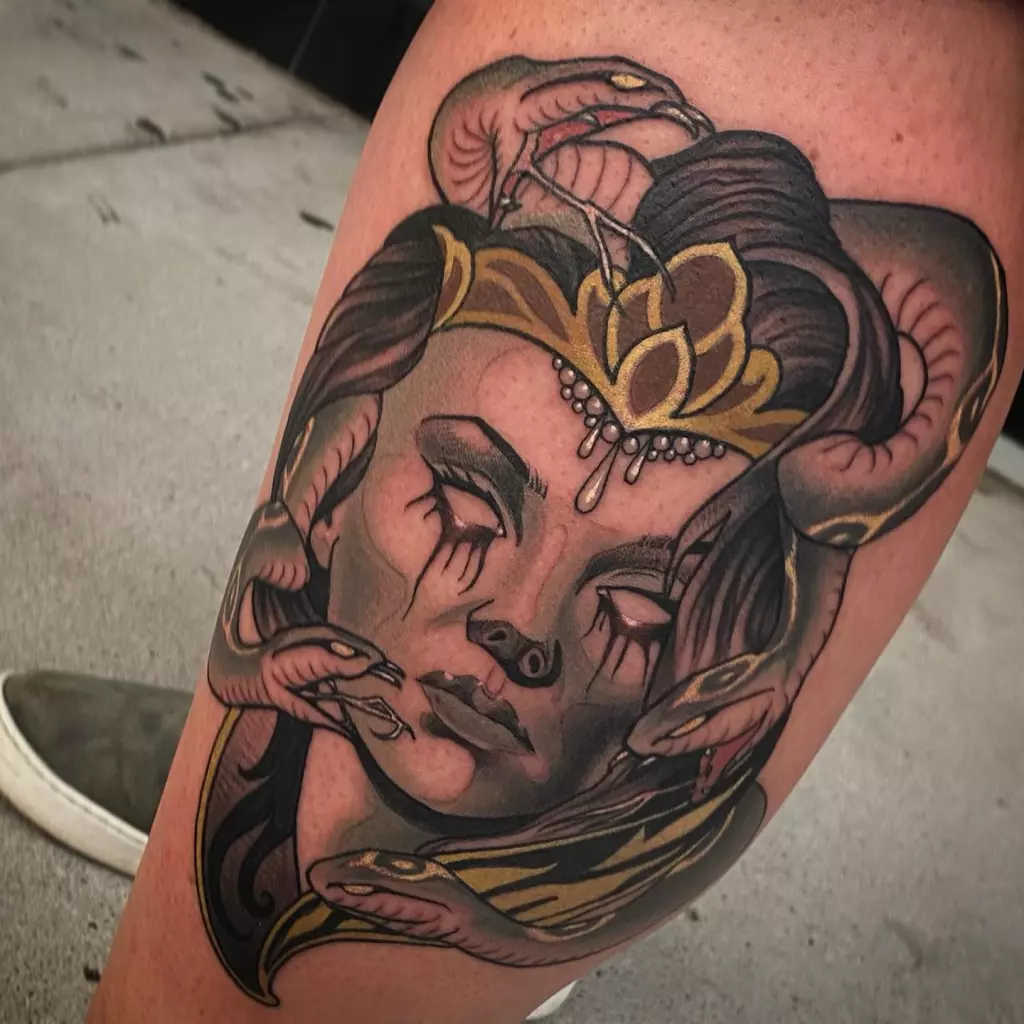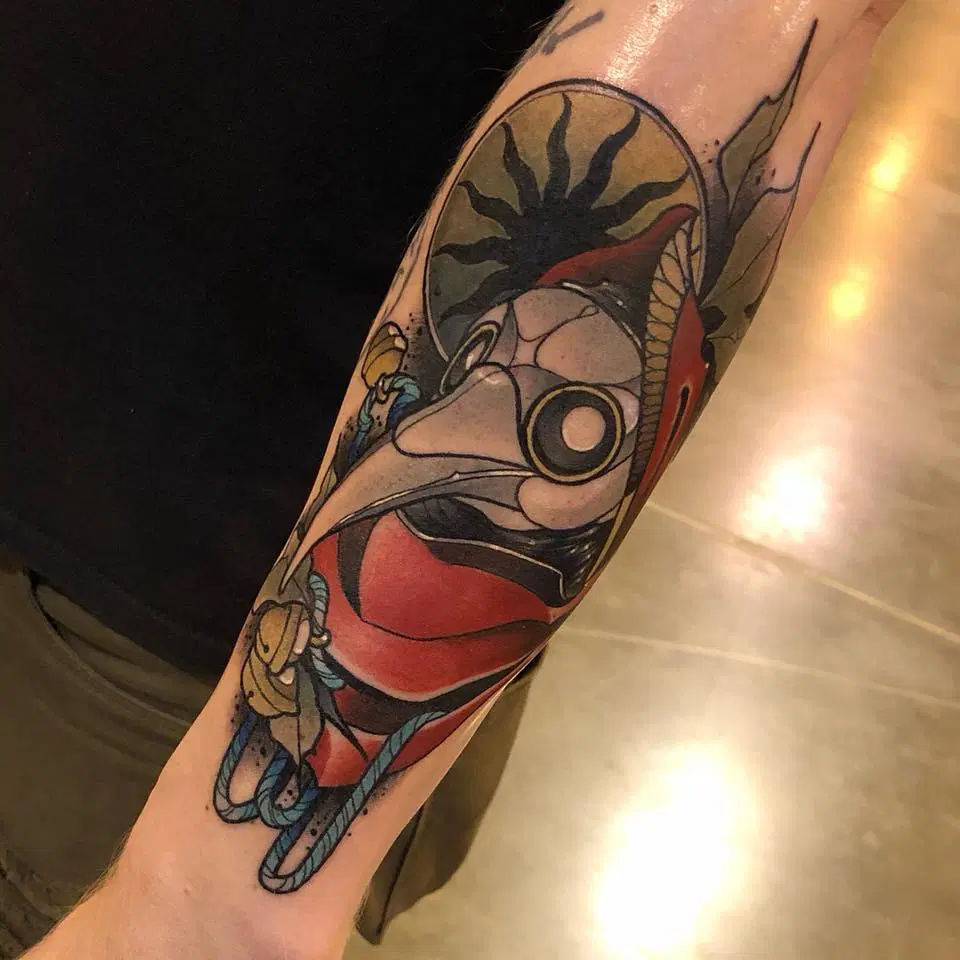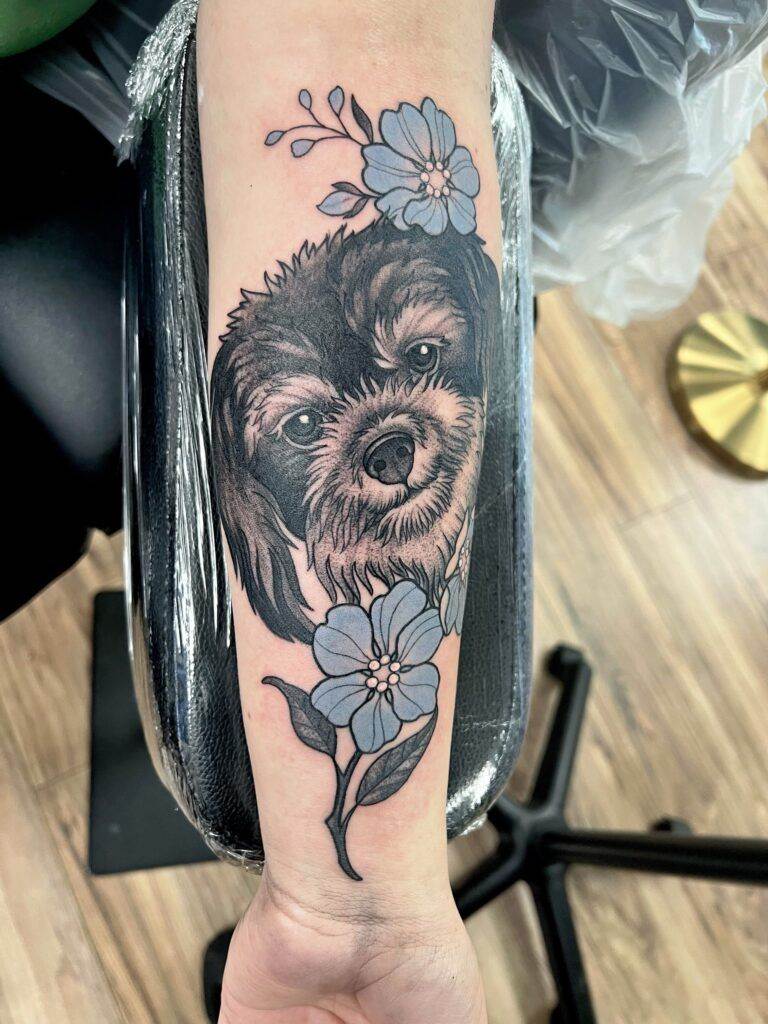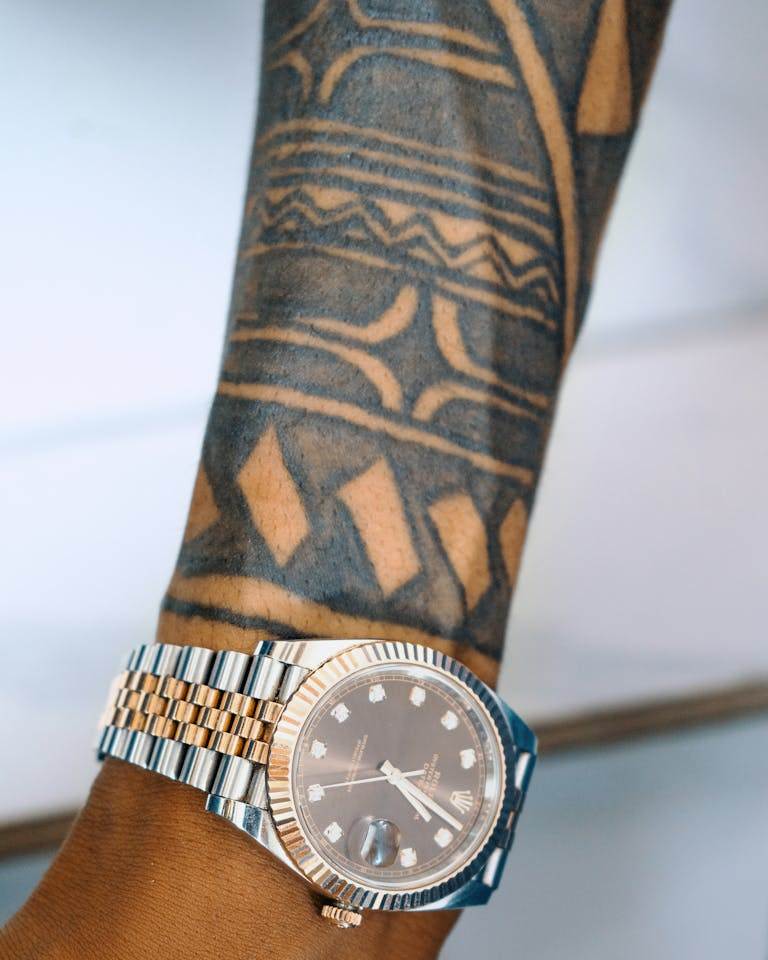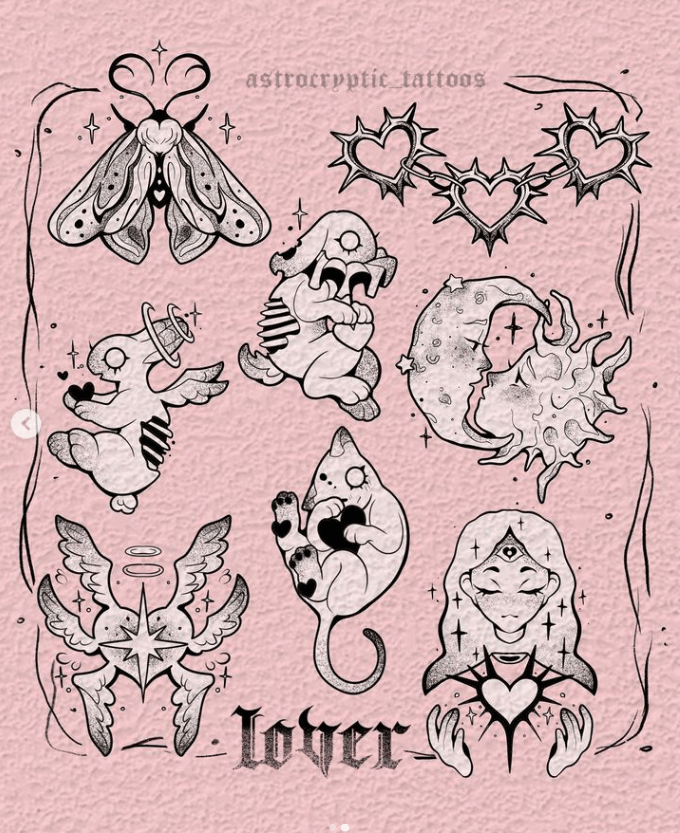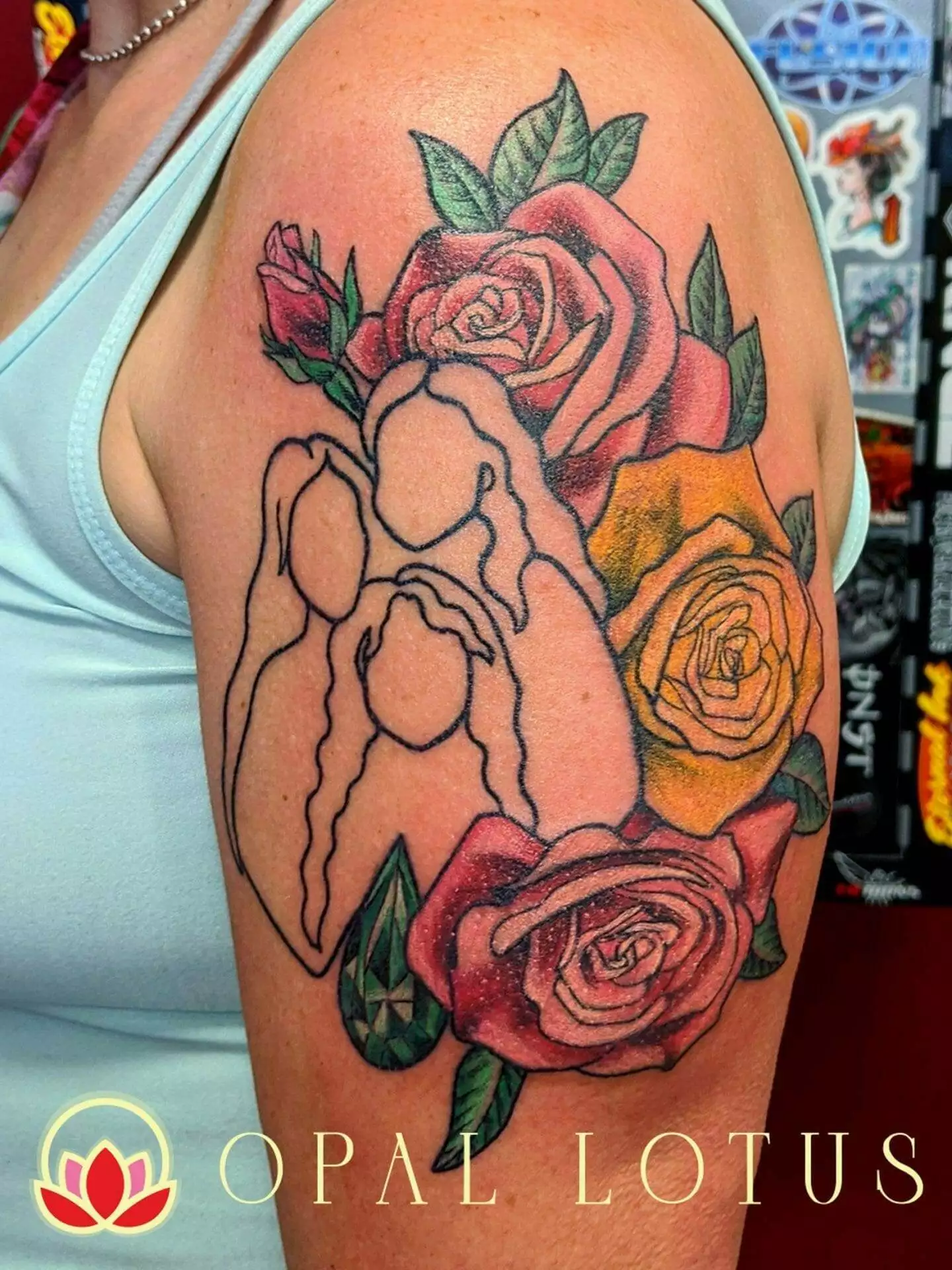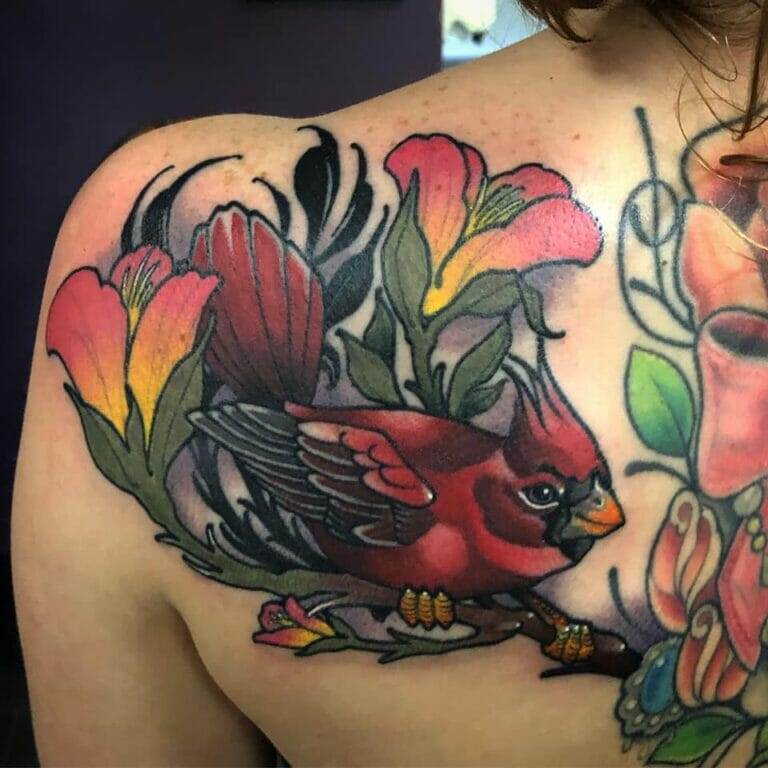Traditional tattoos have long been a significant part of American culture, with their roots dating back centuries. These tattoos hold deep meaning and symbolism, often representing personal stories, beliefs, and values. They have become iconic symbols of American identity and have influenced tattooing styles around the world. In this article, we will explore the origins and history of American traditional tattoos, the iconic designs that define them, their cultural significance, and their evolution in contemporary tattoo culture.
The Origins of American Traditional Tattoos: A Brief History
The influence of Native American and Polynesian tattooing on American traditional tattoos cannot be understated. Native American tribes used tattoos as a form of spiritual expression and to mark important life events. Polynesian cultures also had a rich tradition of tattooing, with intricate designs that held deep cultural significance. When European explorers encountered these tattooing practices, they were fascinated and began to adopt and adapt them.
The rise of tattooing in the 19th and 20th centuries can be attributed to several factors. The invention of the electric tattoo machine in the late 19th century made the process faster and more efficient, leading to an increase in popularity. Additionally, the influence of sailors who traveled the world and brought back tattooing traditions from different cultures played a significant role in the development of American traditional tattoos.
During this time, iconic American traditional tattoo designs began to emerge. These designs were characterized by bold lines, bright colors, and a limited color palette. Some of the most popular designs included anchors, eagles, roses, skulls, and pin-up girls. Each design held its own symbolism and meaning, often representing themes such as strength, patriotism, love, or remembrance.
The Iconic Designs that Define American Traditional Tattoos
American traditional tattoos are known for their timeless designs that have stood the test of time. These designs continue to be popular today due to their bold and striking appearance. Some of the most iconic designs include anchors, eagles, roses, skulls, and pin-up girls.
Anchors are a common design in American traditional tattoos and symbolize stability, strength, and a connection to the sea. They were popular among sailors who relied on anchors to keep their ships steady in rough waters. Eagles, on the other hand, represent freedom, power, and patriotism. They are often depicted with outstretched wings and a fierce expression.
Roses are another popular design in American traditional tattoos and hold various meanings depending on their color. Red roses symbolize love and passion, while yellow roses represent friendship and joy. Skulls are often incorporated into traditional tattoo designs as a reminder of mortality and the transient nature of life. Lastly, pin-up girls were a common motif in traditional tattoos, representing beauty, femininity, and desire.
The Significance of Bold Lines and Bright Colors in Traditional Tattoos
One of the defining characteristics of American traditional tattoos is the use of bold lines and bright colors. These elements contribute to the longevity of traditional tattoos by ensuring that they remain vibrant and visible over time.
Bold lines are used to outline the design and give it a strong and defined appearance. These lines not only make the tattoo stand out but also help prevent the design from blurring or fading over time. Additionally, bold lines allow for intricate details to be incorporated into the design without sacrificing clarity.
Bright colors are another essential aspect of traditional tattoos. The limited color palette typically consists of primary colors such as red, blue, green, and yellow. These colors are chosen for their vibrancy and ability to withstand fading over time. By using bright colors, traditional tattoos can maintain their visual impact for years to come.
The Role of Sailor Jerry in Popularizing American Traditional Tattoos
When discussing American traditional tattoos, it is impossible not to mention Norman “Sailor Jerry” Collins. Sailor Jerry was a prominent tattoo artist who played a significant role in popularizing traditional tattooing in the mid-20th century.
Sailor Jerry’s style was characterized by bold lines, bright colors, and a meticulous attention to detail. He drew inspiration from various sources, including his own experiences as a sailor, Asian art, and traditional American iconography. His designs often featured nautical themes, such as anchors, ships, and mermaids.
Sailor Jerry’s impact on the tattoo industry and culture cannot be overstated. He not only elevated the artistry of tattooing but also helped establish its legitimacy as an art form. His influence can still be seen today in the work of countless tattoo artists who continue to draw inspiration from his iconic designs.
The Cultural Significance of Traditional Tattoos in American Society

Traditional tattoos have played a significant role in various subcultures throughout American history. They have been embraced by groups such as punks, bikers, and military personnel, each finding their own meaning and significance in these tattoos.
In the punk subculture, traditional tattoos are often seen as a form of rebellion and self-expression. They serve as a visual representation of the wearer’s non-conformity and rejection of societal norms. Similarly, in the biker subculture, traditional tattoos are associated with freedom, brotherhood, and a sense of belonging.
In the military, traditional tattoos have a long-standing tradition and hold deep meaning for those who serve. They often commemorate fallen comrades or represent personal values such as honor, courage, and sacrifice. Traditional military tattoos such as eagles, anchors, and flags are worn with pride and serve as a reminder of one’s service to their country.
The Evolution of Traditional Tattoos in Contemporary Tattoo Culture
While traditional tattoos have a rich history and timeless appeal, they have also evolved in contemporary tattoo culture. Modern tattoo artists have taken the traditional style and incorporated new elements and techniques to create unique and innovative designs.
One of the ways traditional tattoos have evolved is through the incorporation of new subject matter. While classic designs such as anchors and eagles remain popular, artists have expanded their repertoire to include a wide range of subjects, from pop culture references to abstract art. This allows individuals to personalize their tattoos and create designs that are meaningful to them.
Additionally, contemporary tattoo artists have experimented with different color palettes and shading techniques. While traditional tattoos are known for their bold colors, some artists have opted for a more muted or pastel color palette, giving the designs a softer and more subtle appearance. This blending of traditional and contemporary elements has resulted in a diverse range of styles within the traditional tattoo genre.
The Appeal of Traditional Tattoos for Both Men and Women
Traditional tattoos have gained popularity among both men and women in recent years. While there are some design differences between genders, the appeal of traditional tattoos lies in their timeless aesthetic and the symbolism they represent.
For men, traditional tattoos often feature bold and masculine designs such as anchors, eagles, and skulls. These designs represent strength, power, and a connection to traditional notions of masculinity. Men may also choose to incorporate personal symbols or imagery that holds significance to them.
Women, on the other hand, often opt for more delicate and feminine designs within the traditional tattoo style. These designs may include roses, butterflies, or pin-up girls. However, it is important to note that these design preferences are not set in stone, and individuals should feel free to choose any design that resonates with them regardless of gender norms.
The Importance of Finding the Right Tattoo Artist for Your Traditional Tattoo
When getting a traditional tattoo, it is crucial to find a skilled and experienced tattoo artist who specializes in this style. Traditional tattoos require precision and attention to detail to ensure that the design remains bold and vibrant over time.
When searching for a tattoo artist, it is essential to look at their portfolio and see if their style aligns with your vision. Traditional tattoos require a specific skill set, so it is important to find an artist who has experience in this style. Additionally, reading reviews and getting recommendations from friends or fellow tattoo enthusiasts can help ensure that you find a reputable artist.
Remember, getting a tattoo is a lifelong commitment, so it is worth taking the time to find the right artist who can bring your vision to life.
The Controversies Surrounding Traditional Tattoos and Cultural Appropriation
While traditional tattoos have become popular worldwide, there has been some debate over cultural appropriation in traditional tattooing. Cultural appropriation refers to the adoption of elements from another culture without understanding or respecting their cultural significance.
Traditional tattoo designs often draw inspiration from various cultures, including Native American and Polynesian traditions. It is important to acknowledge and respect the cultural origins of these designs and not use them in a superficial or disrespectful manner.
To avoid cultural appropriation, individuals should educate themselves about the cultural significance of traditional tattoo designs and seek out artists who have a deep understanding of these traditions. Additionally, it is crucial to approach traditional tattoos with respect and appreciation for the cultures from which they originate.
The Future of Traditional Tattoos: Will They Continue to Stand the Test of Time?
Despite the ever-changing trends in tattoo culture, traditional tattoos have remained popular throughout the years. Their timeless designs and rich symbolism continue to resonate with people from all walks of life.
As tattooing becomes more mainstream and accepted in society, it is likely that traditional tattoos will continue to stand the test of time. However, as with any art form, there will always be room for innovation and evolution. Traditional tattoos may continue to evolve as artists incorporate new techniques and subject matter into their designs while still maintaining the core elements that define this style.
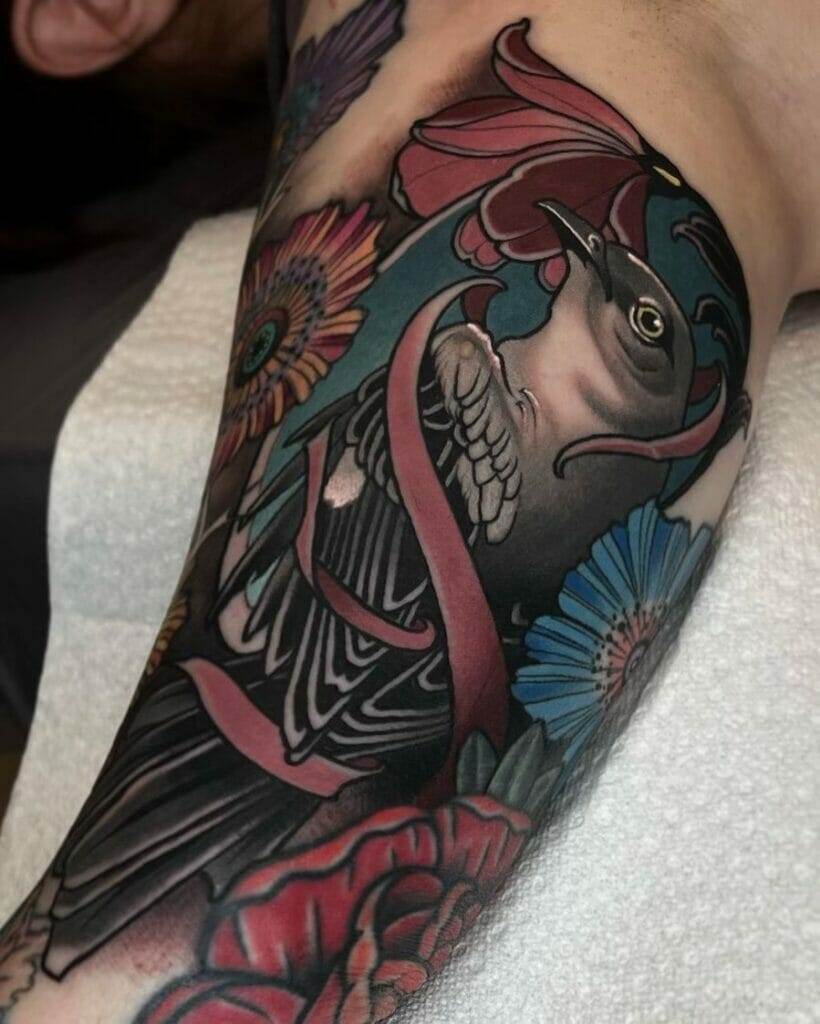
The Personal Meanings and Stories Behind Traditional Tattoos: A Look into the Tattooed Community
One of the most fascinating aspects of traditional tattoos is the personal meanings and stories behind them. Each tattoo holds a unique significance for the individual who wears it, representing their personal journey, beliefs, or experiences.
For some, traditional tattoos serve as a form of self-expression and a way to commemorate important milestones or loved ones. Others may choose traditional tattoos as a way to connect with their cultural heritage or express their identity. Whatever the reason, traditional tattoos often hold deep emotional value for those who wear them.
In the tattooed community, individuals often share their stories and meanings behind their tattoos, creating a sense of camaraderie and understanding. Traditional tattoos serve as a visual language that allows individuals to connect and relate to one another on a deeper level.
Traditional tattoos have a rich history and cultural significance in American society. They have evolved over time but have maintained their timeless appeal and iconic designs. From their origins in Native American and Polynesian tattooing to the influence of Sailor Jerry, traditional tattoos have become an integral part of American culture.
As tattooing continues to evolve, it is likely that traditional tattoos will remain popular due to their bold lines, bright colors, and deep symbolism. However, it is important to approach traditional tattoos with respect for their cultural origins and to find skilled artists who can bring these designs to life.
Traditional tattoos hold personal meanings and stories for those who wear them, creating a sense of connection within the tattooed community. Whether it is a symbol of rebellion, patriotism, or personal growth, traditional tattoos continue to be a powerful form of self-expression.
In conclusion, traditional tattoos have left an indelible mark on American culture and will likely continue to do so in the future. Their timeless designs and rich symbolism make them a beloved art form that resonates with people from all walks of life.

